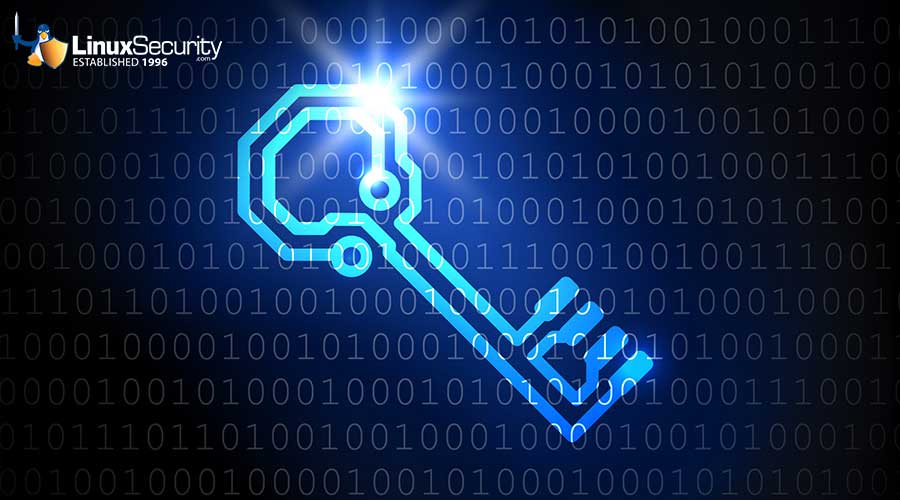SuSe: kernel multiple vulnerabilities
Summary
______________________________________________________________________________
SuSE Security Announcement
Package: kernel
Announcement-ID: SuSE-SA:2003:034
Date: Tue Aug 12 18:15:00 CEST 2003
Affected products: 7.2, 7.3, 8.0, 8.1, 8.2
SuSE Linux Database Server,
SuSE eMail Server III, 3.1
SuSE Linux Enterprise Server 7, 8
SuSE Linux Firewall on CD/Admin host
SuSE Linux Connectivity Server
SuSE Linux Office Server
SuSE Linux Openexchange Server
SuSE Linux Desktop 1.0
United Linux 1.0
Vulnerability Type: local privilege escalation,
remote Denial of Service (DoS)
Severity (1-10): 7
SuSE default package: yes
Cross References: CAN-2003-0476
CAN-2003-0501
CAN-2003-0464
Content of this advisory:
1) security vulnerability resolved: a race condition in the ELF loader,
a minor information leakage problem in the proc-fs,
re-binding problem of UDP port 2049 sockets,
DoS in netfilter and NFSv3 code
2) pending vulnerabilities, solutions, workarounds:
- xfstt
- heartbeat
- KDE config files
- several minor bug fixes
3) standard appendix (further information)
______________________________________________________________________________
1) problem description, brief discussion, solution, upgrade information
During the last weeks a couple of security relevant fixes have been
accumulated for the kernel. These fix local vulnerabilities and
remote DoS conditions. The list of the fixed vulnerabilities is
as follows:
- fix for a possible denial of service attack (DoS) in the routing code
- fix for a possible attack of an unpriviledged user via ioport
- fix for a re-binding problem of UDP port 2049 (NFS) sockets
- fix for a kernel panic with pptpd when mss > mtu
- fix for console redirect bug
- fix for the execve() file read race vulnerability
- fix for several race conditions in procfs
- fix for possible DoS in netfilter code
- fix for possible DoS in NFSv3 code
Not all kernel-versions are affected by all of these vulnerabilities.
However, since there is no easy workaround for all of the vulnerabilities,
we recommend an update of the kernel package.
Please follow the steps in the "SPECIAL INSTALL INSTRUCTIONS" section to
update your system.
Note: Managing the necessary patches, building and mostly testing
kernel update packages is an extremely worksome and therefore also
time-consuming process. SuSE wishes to provide the same quality and
reliability in update packages as customers are used to from the
shipped original products. Even though our kernel updates are
thoroughly tested, the numerous possible hardware configurations for the
x86 platform give a certain probability for a functional failure of
parts of the kernel after the update has been performed. Some of the
possible failures cannot be handled by SuSE by definition. These
include (and are not limited to) possible problems with NVIDIA chipset
graphics boards that make use of hardware 3D acceleration.
SuSE cannot deliver the binary only driver for the NVIDIA graphics
boards in the kernel RPM. It is known that the NVIDIA hardware acceleration
will not continue to work after a reboot, resulting in a failure to start
the X-server. Hardware acceleration support for NVIDIA graphics chipsets on
SuSE Linux 8.1 and 8.2 will be automatically disabled if the kernel update
is performed by YOU (Yast Online Update). If you are committing the update
by hand (necessary for SuSE Linux 8.0 and older), you should either turn
off hardware acceleration support for your X Server configuration, or you
may want to link the acceleration driver with binaries directly from
nvidia's ftp server yourself, using the provided kernel-source RPM package.
The kernel of a Linux system is the most critical component with respect
to stability, reliability and security. By consequence, an update of that
component requires some care and full attention to succeed.
SPECIAL INSTALL INSTRUCTIONS:
============================= The following paragraphs will guide you through the installation
process in a step-by-step fashion. The character sequence "****"
marks the beginning of a new paragraph. In some cases, you decide
if the paragraph is needed for you or not. Please read through all
of the steps down to the end. All of the commands that need to be
executed are required to be run as the superuser (root). Each step
relies on the steps before to complete successfully.
**** Step 1: Determine the needed kernel type
Please use the following command to find the kernel type that is
installed on your system:
rpm -qf /boot/vmlinuz
The following options are possible (disregarding the version and build
number following the name, separated by the "-" character):
k_deflt # default kernel, good for most systems.
k_i386 # kernel for older processors and chipsets
k_athlon # kernel made specifically for AMD Athlon(tm) family processors k_psmp # kernel for Pentium-I dual processor systems
k_smp # kernel for SMP systems (Pentium-II and above)
**** Step 2: Download the package for your system
Please download the kernel RPM package for your distribution with the
name starting as indicated by Step 1. The list of all kernel rpm
packages is appended below. Note: The kernel-source package does not
contain any binary kernel in bootable form. Instead, it contains the
sources that the binary kernel rpm packages are made from. It can be
used by administrators who have decided to build their own kernel.
Since the kernel-source.rpm is an installable (compiled) package that
contains sources for the linux kernel, it is not the source RPM for
the kernel RPM binary packages.
The kernel RPM binary packages for the distributions can be found at these
locations under :
7.2/kernel/2.4.18-20030812
7.3/kernel/2.4.18-20030812
8.0/kernel/2.4.18-20030812
8.1/rpm/i586
8.2/rpm/i586
After downloading the kernel RPM package for your system, you should
verify the authenticity of the kernel rpm package using the methods as
listed in section 3) of each SuSE Security Announcement.
**** Step 3: Installing your kernel rpm package
Install the rpm package that you have downloaded in Steps 3 or 4 with
the command
rpm -Uhv --nodeps --force
References


























